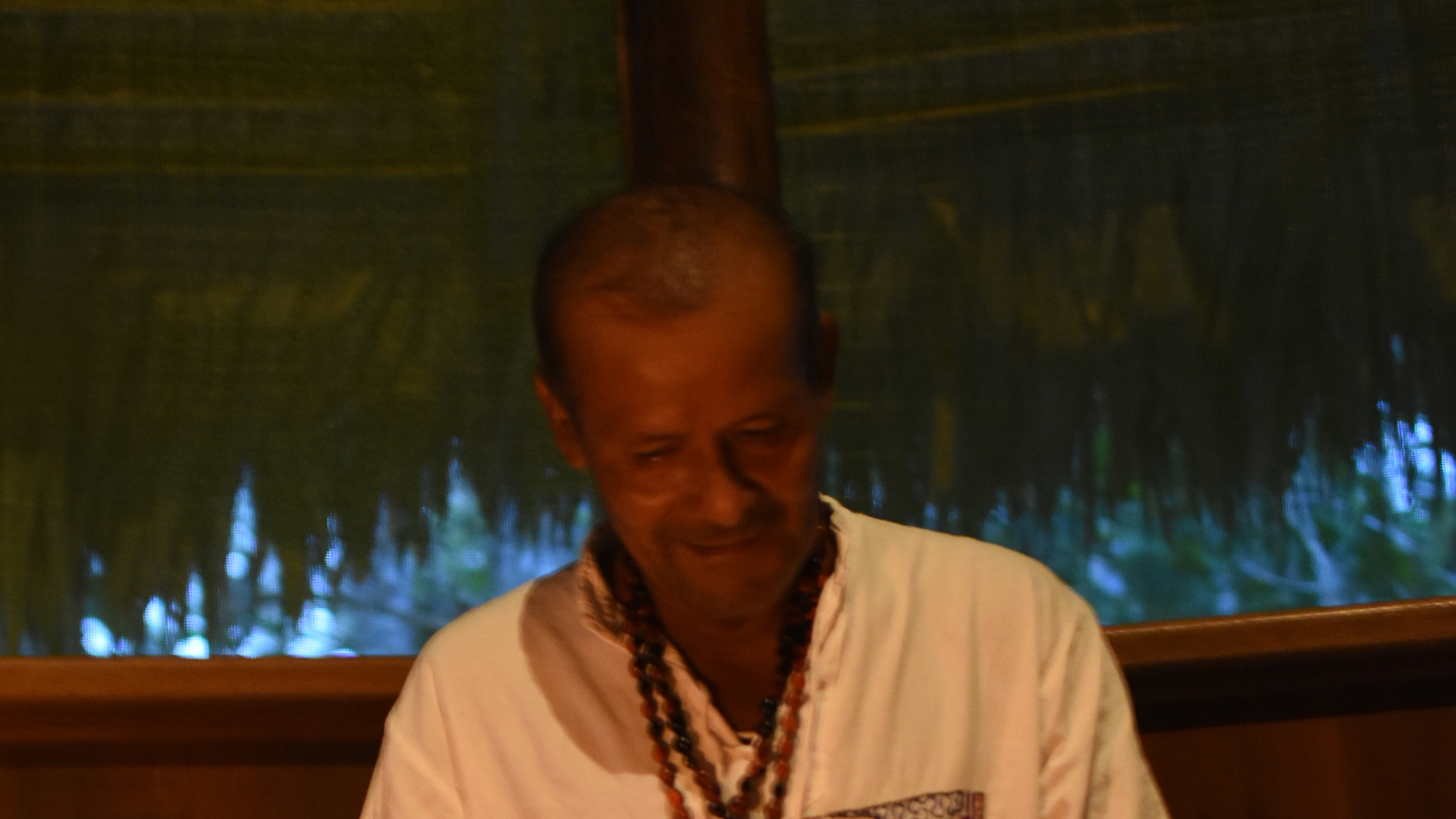· Webmaster Ayaselva · Culture · 3 min read
The evolution of mestizo ayahuasca practices
Mestizo Ayahuasca A Unique Blend of Amazonian and Cultural Practices

The mestizo tradition of ayahuasca, known as vegetalismo, emerged as a unique fusion of indigenous Amazonian practices and other cultural influences. This blend reflects the complex history and dynamic cultural exchanges in the Amazon region, particularly during periods of economic upheaval such as the rubber booms of the late 19th and early 20th centuries.
Vegetalismo is characterized by the use of ayahuasca and other plant teachers in healing ceremonies. Unlike the strictly indigenous practices, vegetalismo integrates elements from various cultural and religious backgrounds, including Christianity. Mestizo shamans, or vegetalistas, perform these ceremonies, often incorporating prayers and symbols from Catholicism alongside traditional Amazonian rituals.
One of the core aspects of vegetalismo is the concept of plant teachers, or doctores. These are plants believed to possess knowledge and healing powers. Ayahuasca is considered one of the primary plant teachers, but other plants such as Brugmansia and Hura crepitans are also used. Each plant teacher is thought to offer unique insights and abilities, contributing to the overall healing process.
The initiation into vegetalismo involves strict dietary and behavioral practices. Initiates must adhere to a diet that excludes salt, sugar, and fatty foods, and they must abstain from sexual activity. This period of purification is essential for opening the mind and body to the teachings of the plant spirits. During this time, initiates may receive spiritual songs, known as icaros, which are central to the healing ceremonies. These songs are believed to be taught directly by the plant spirits and play a crucial role in guiding the effects of ayahuasca.
The mestizo use of ayahuasca has also adapted to modern contexts, particularly with the rise of ayahuasca tourism. This phenomenon has brought a global spotlight to vegetalismo, attracting people from around the world seeking spiritual growth and healing. While this has increased awareness and appreciation for the tradition, it has also raised concerns about commercialization and the integrity of the practices. Not all practitioners have the necessary depth of training or understanding, leading to potential exploitation and misuse.
Despite these challenges, the international interest in ayahuasca has facilitated a cross-cultural exchange that has enriched the tradition of vegetalismo. Many tourists approach their ayahuasca experiences with respect and a genuine desire to learn, fostering a greater understanding of Amazonian spiritual practices. Additionally, some initiatives aim to document and preserve the traditional knowledge of ayahuasca, ensuring that it is passed down to future generations.
In conclusion, the mestizo tradition of ayahuasca, or vegetalismo, represents a rich tapestry of cultural influences and practices. Rooted in the deep spiritual heritage of the Amazon, it has adapted to incorporate elements from various traditions, creating a unique and powerful approach to healing and spiritual growth. As vegetalismo continues to gain global attention, it is crucial to honor and preserve its cultural integrity, ensuring that this ancient practice can continue to offer profound insights and healing to those who seek it.